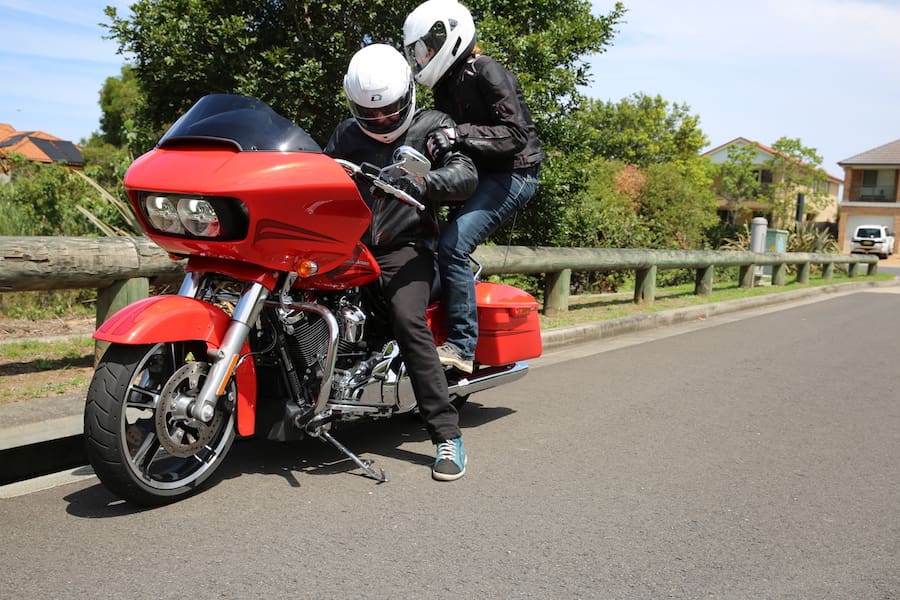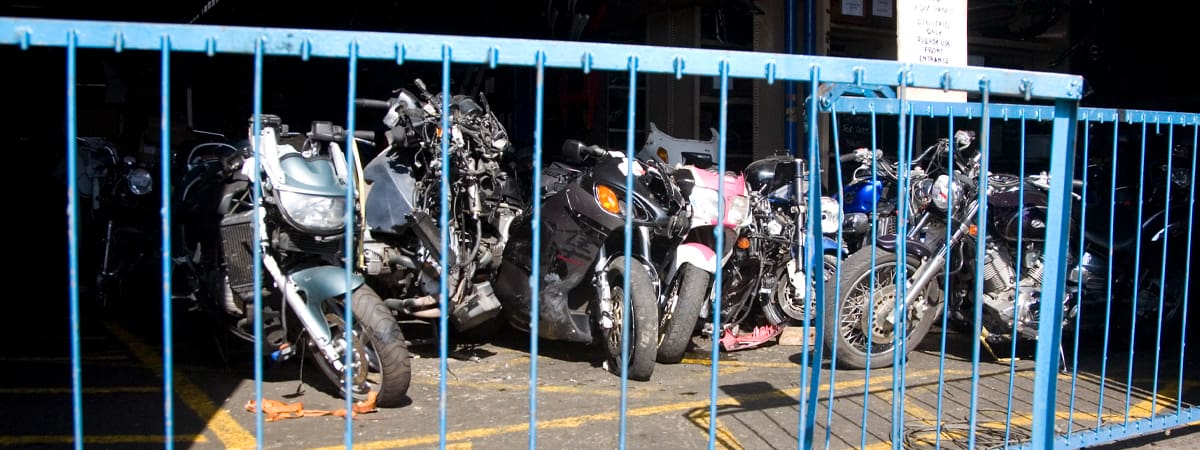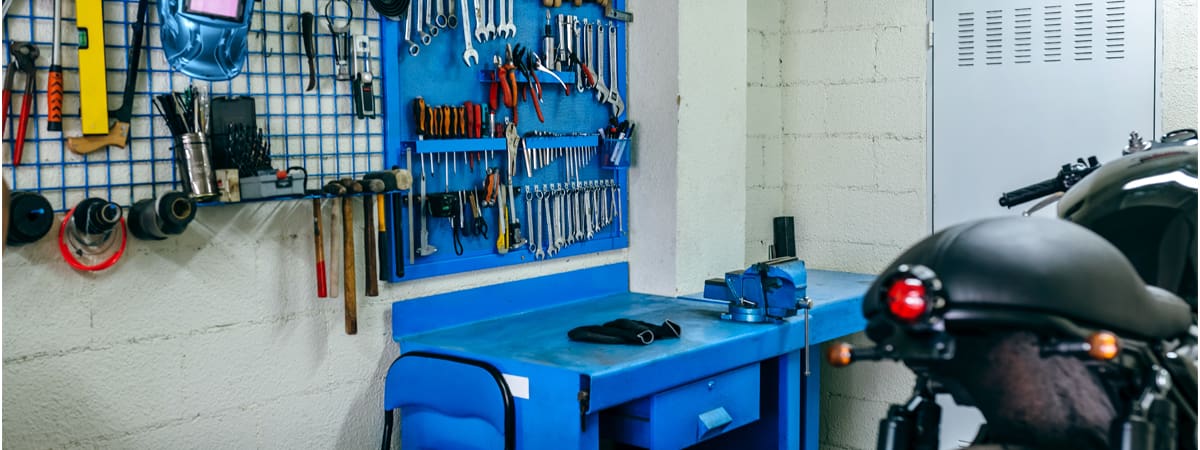There is no denying we all love the solitude motorcycling provides in our otherwise hectic lives, or else we wouldn’t have been attracted to riding in the first place. But, like it or not, there’s going to be times when someone’s going to want – or need – to jump on the back. Be it the other half on a sunny Sunday, the mate who’s misplaced his car keys or the teenage child who’s running late for class – you never know when you might be put on the spot.
The truth is, some of the best riding experiences I’ve ever had have been two-up, but it’s not always as easy as, er, riding a bike.
So if you’ve never done it, or just want to improve on the skills you’ve already acquired in order to have the confidence to say, “sure, hop on!” then keep reading…
1 Check your bike
Look over your mount and find out where the pillion ’pegs are. Most bikes will have them unless you’re riding something like a BMW RNineT Racer or a Ducati Panigale Superleggera, or a super trendy café racer that’s too cool for rear ’pegs.
Make sure they’re secured properly and not loose – if they move too freely your passenger might slide forward under braking. Make sure your pillion has good access to any grabrails as well.
If you haven’t already, now is a good time to develop a plan for how your pillion should sit and act on your bike, so there are no surprises.

2 Getting on
While you (the rider) are on the bike, hold your front brake on. Have your pillion-to-be hold you for stability and as they step up and over, ask them to keep their weight above the bike. Any weight either side is going to unsettle the bike and make things awkward. If your pillion is short, try it from the left-hand side of the bike with the sidestand down.
3 Check your mirrors
Make sure you still have a good view behind. With someone sitting behind you, the last thing you need is an eyeful of elbows, so you may have to turn your mirrors out a bit. Also take into account the extra weight, which might lower the bike a little.

4 Where to hold
Waist hold: This is where the pillion uses you as the brace and is the hold most passengers will go for. It’s useful mainly for slower-speed riding or touring where there isn’t heavy acceleration or braking. If your pillion can use their leg muscles a little bit on the rear pegs, it will help take some of the pressure off the rider.
Grabrails: This provides good lateral stability, but can be harder under acceleration or braking, because your pillion won’t have as much leverage.
Tank hold: My preferred method. This is often better for sportier machines where the bike naturally leans forward a little. The idea is for your pillion to either interlock their hands and place them on the front of the tank or just hold the sides. The natural forward tilt means accelerating is not so bad, but under brakes your pillion will need to brace.

5 Moving off
The key to a positive experience is keeping the weight of both you and your passenger centred. Be gentle on the throttle and brakes, at least for a little while! Basically, don’t ride as you would if you were on your own. Remember, you now have extra weight on the back, which will make the handling characteristics much more sluggish. Be prepared to fan your clutch a little more and use more rear brake than usual. Using more rear brake than usual when approaching traffic lights, for example, will stop the bike from dipping forward as much, so your pillion is less likely to slip forward.

6 Cornering
One of the first questions your pillion will ask is, “What do I do in the corners?” I prefer a new pillion to stay neutral on the bike. This avoids any confusion or mix-ups. When your pillion is more comfortable, you can ask them to lean with the bike. It is important to not lean the opposite way, in an attempt to look past your helmet. You will both soon find out if they have leant against the turn because of the way the bike behaves – it will just feel wrong.

7 Getting off
Always let your pillion get off the bike first. Hold on the front brake, lean the bike in the direction they are going to dismount, and have them step down. Again, have them keep their weight above the bike as much as possible.
Most of all, you want the overall experience to be positive so you get a repeat customer.

Words MATT O’CONNELL PHOTOGRAPHY AYY LMAO PHOTOGRAPHY












